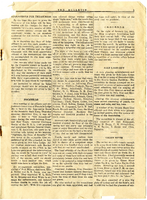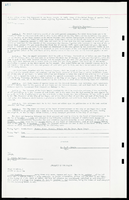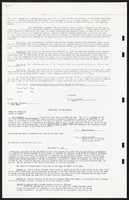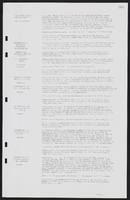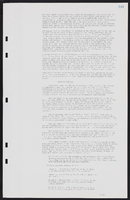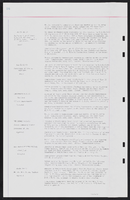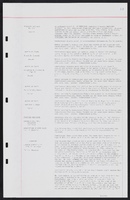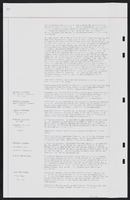Search the Special Collections and Archives Portal
Search Results
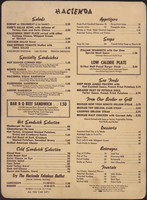
Hacienda menu
Date
1950 (year approximate) to 1980 (year approximate)
Archival Collection
Description
Note: No date on menu. 7/67 and MA 4-7631 printed at bottom of menu Restaurant: Las Vegas Hacienda Hotel Location: Las Vegas, Nevada, United States
Text
Pagination
Refine my results
Content Type
Creator or Contributor
Subject
Archival Collection
Digital Project
Resource Type
Year
Material Type
Place
Language
Records Classification

